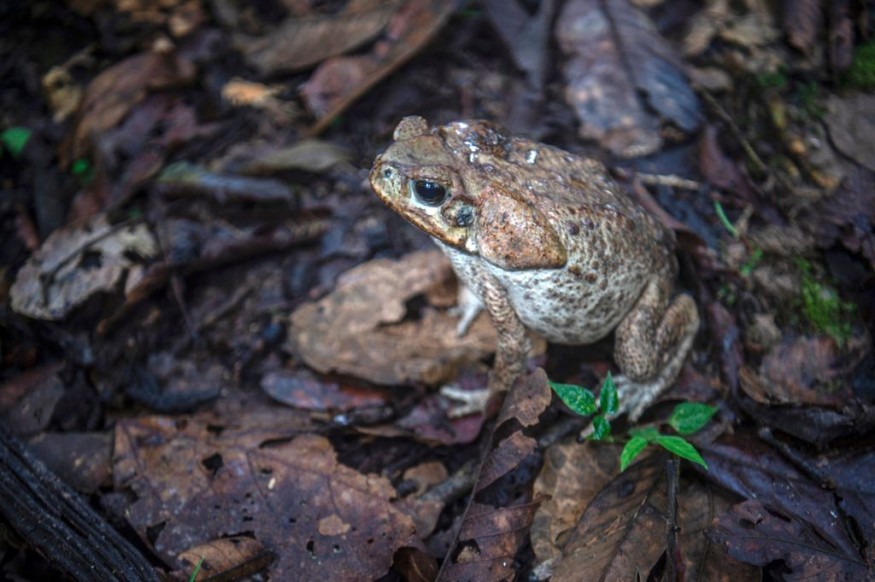The respiratory system is something that people simply cannot exist sans them, and neither can numerous creatures that have internal bones. Certain remarkable amphibians, on the contrary, do not trouble with these sensitive, mucus-y glands.
Vanishing Lungs of Amphibians

Experts have found that certain lungless creatures initially create this respiratory apparatus, but then their developmental process undergoes a major shift.
For the past 25 million years, these species, known as plethodontid salamanders, apparently managed to get away with being lungless by inhaling via their slippery epidermis as well as oral secretions. To do so, they need wrap themselves with goo, as if they were donning lung mucous on their exterior, since they can simply acquire air via their skin if it is damp, the website of Amphibian Planet covered.
Lungless plethodontids have always been the largest diverse class of salamanders, with nearly 478 varieties distributed primarily in the Americas as well as a handful in Europe and South Korea.
Because nothing is established regarding how these cold-blooded water enthusiasts squander their organs, Harvard University developmental scientist Zachary Lewis as well as associates investigated.
As the scientists wrote in their report, specialists demonstrate that a newly emerging lung actually arise in embryogenesis of various animals. Its physical characteristics are quite similar to those observed in the axolotl, Ambystoma mexicanum, a lunged salamander, as per Science Advances.
Through one genus, P. cinereus, these developmental lungs grow as well as extend forth for approximately three weeks till they are disrupted. Developing lung tissues are designed to experience apoptosis, a type of cell destruction, long first before newborn salamanders emerge.
The investigators believe pulmonary expansion ends since the tissues do not get the control information required to keep them reproducing, which originate from the membrane that surrounds the growing lungs dubbed mesenchyme in normal vertebrates.
Therefore, scientists proceeded to put this notion to the question.
Amphibians' Ability to Breath Without Lungs
According to Flipboard recent report, researchers implanted mesenchyme from a lungless salamander fertilized egg and permitted it to grow. Which led to the development of features resembling organs, providing considerable indication that lungless salamanders may still generate lungs.
Even though these mucus-covered creatures have no signs of lungs as grown-ups, they nevertheless retain the genetics as well as majority of the biochemical changes required to build them. However, a few of the impulses essential to finish the procedure such as those from mesenchyme cells, seem to be lacking.
Thus, why have such numerous instruments and materials for constructing lungs remained conserved in species that haven't utilized lungs in millennia?
For instance, the pulmonary factors have an influence could serve key parts in the growth of nearby parts including the heart, the scientists think, noting that several of the genetic variants in embryonic lung production are likewise utilized to produce related structures. As shown by Headtopics, a signaling cascade Sonic hedgehog is utilized for both lung and limb growth, for illustration.
These links demonstrate how examining tissue remains (vestigial structures) - such as these or snake leg nubs - may assist experts to comprehend the shifting and twisting dynamics underlying formative and genetic cycles, as well as providing views into the functioning of human organs.
Salamander historical documents are infrequent, making it difficult for investigators to pinpoint when these creatures misplaced their specialized respiratory organs, and though hereditary timescales place it among 25 and 110 million years ago, based on whether it occurred in a single prehistoric organism or if lung loss developed repeatedly inside this salamander relatives, Science Alert updated.
Obviously, lungless salamanders live well sans lungs, considering that they account for around two-thirds of all salamander taxa. Maybe the loss of lungs facilitated, instead of impeded, this astonishing developmental triumph.
© 2026 NatureWorldNews.com All rights reserved. Do not reproduce without permission.





